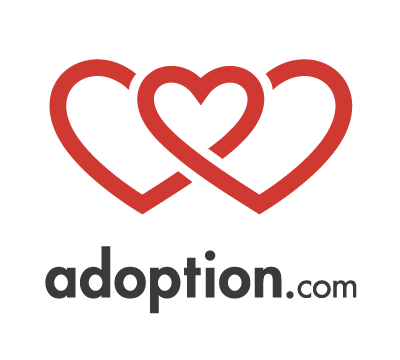Including Adoption in Everyday Teaching
A teacher may or may not know if there are adopted children in his class. It is wise to assume that there are and to realize that all children benefit from adoption awareness. A parent may or may not know that the teacher is knowledgeable about adoption. It is wise to assume that he or she is not, but be prepared to be pleasantly surprised.
Becoming comfortable with respectful adoption language, and making it a part of everyday teaching situations, takes practice for both parent and teacher. The joyful side of adoption is tempered with the fact that every adoption involves loss. Sometimes children have experienced tremendous pain before joining their adoptive families. It is often difficult to find the words to speak of these things to very young children, just as it is hard to speak of death, alcoholism, child abuse, or AIDS. However, educators and parents must find the words, since the way we do or do not handle these sensitive topics models confidence and courage on the one hand, or shame and fear on the other.
Every child’s adoption story is unique, personal, and belongs to him or her. Yet, as the significant adults in a child’s life, parents and teachers must sometimes enter into the child’s world to help him cope with difficult memories and feelings while maintaining a positive self-image. Teachers can nurture their students’ growth and play an invaluable role in helping them learn to be open, proud, and confident people. Bringing adoption into the light and treating it as just one of many possible life experiences is a gift teachers can offer to our adopted children and their classmates.
Following are some suggestions for including adoption in the classroom in the ordinary course of the school day and year. Teachers will no doubt be able to add to this list, based on their experience. Parents may find the suggestions helpful in working with individual teachers or in staff training sessions. They are roughly divided by grade level, although there is certainly overlap.
Preschool
Simply mention the words “adoption” or “adopted” occasionally as you talk about babies and families, or tell stories.
Enter into or initiate role plays about getting ready for the arrival of an adopted child, going to the airport to meet a new child, or going to court to have the adoption finalized– whichever seems to fit the experience and interest of the children in your class.
Early Elementary Grades
Teachers can read stories that mention adoption, not just as the main theme, as in The Mulberry Bird by Anne Brodzinsky, but simply in passing, as in the book Families by Meredith Tax.
If a student in the class has a baby born into his family, a teacher can mention that some children join their families through adoption. Sometimes this will prompt a child to say, “I’m adopted,” and then the teacher could extend the discussion and be ready to answer questions. This would be a time to watch for teasing and be ready to help a child handle the teasing.
Consider a National Adoption Awareness Month activity. This could be as simple as discussing adoption and reading a story, or inviting an adult adopted person, a birth parent, or an adoptive parent to visit the class. Sometimes children at this age feel comfortable sharing their adoption story with the help of a parent in class.
Later Elementary Grades
During these years, children want to fit in and be like everyone else. Adopted children are even more aware that they are in the minority, because most kids are brought up by the parents who gave birth to them. They are unlikely to want to give adoption presentations or to be singled out. Still, the famous family tree assignment offers an opportunity for valuable growth. It should not be avoided by the teacher just because she is aware of adopted children in her class. Presented with several alternatives for the whole class, with a casual reference to how some adopted children have chosen to do it in the past, this project could provide a valuable chance for the adopted child and, most likely, her family to move toward greater positive understanding of adoption in their lives.
Another way to bring up adoption in a positive light is to mention famous people who were adopted if you are discussing them in class: Steve Jobs, Faith Hill, Moses, Louisa May Alcott, Scott Hamilton … even Superman!
Middle School and High School
Middle school and high school teachers might suggest adoption as one of the themes for essay or journal writing, giving permission for students to use this as a way to explore their feelings.
Family tree or family history assignments can be introduced sensitively, mentioning alternatives for everyone and noting that many students may not have access to their birth relatives due to divorce, death, adoption, or a parent who may be away at work or in the service.
Science teachers can easily mention adoption in connection with genetic studies, noting the traits, skills, or characteristics which are inherited– and those which are learned or acquired. It is reassuring to adopted young people to hear adoption discussed in a matter-of-fact way, and it may help them ask important questions.
Family life and sex education teachers have a perfect opportunity to discuss families formed by adoption and adoption as a choice for people facing unplanned pregnancy. It is especially important for the teacher to use positive adoption language and to encourage the students to do so also.
Adopted students in class may be hurt by other students saying, “I don’t see how anyone could give up her own child.” The teacher can help by presenting a balanced view of adoption as a loving, responsible choice.







